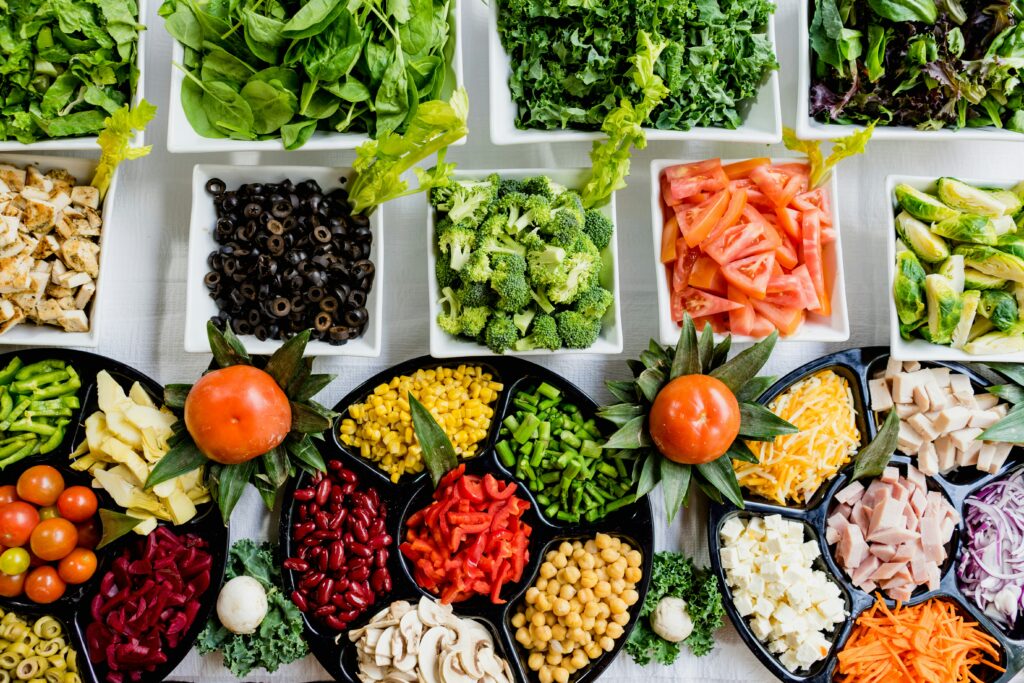Food waste isn’t just inconvenient; it’s a global crisis. Whether it’s the loaf of bread forgotten in your pantry or surplus produce left to rot on farms, wasted food comes with a heavy economic, environmental, and social cost. According to the Food and Agriculture Organization (FAO), a staggering one-third of all food produced globally is wasted. That amounts to about 1.3 billion tons annually!
But here’s the good news: food waste is preventable. With the right knowledge and actions, individuals, businesses, and communities can make a tangible impact. This guide will help you understand the problem, explore solutions, and take actionable steps to reduce food waste in your daily life.
Understanding Food Waste
What is Food Waste?
Food waste refers to edible food that goes uneaten at various stages, from production to consumption. It primarily occurs in three key areas:
- Production: Food left unharvested in fields due to imperfections or market conditions.
- Distribution: Spoiled goods during transport or storage.
- Consumption: Food discarded by households, supermarkets, and restaurants.
Common Misconceptions About Food Waste
It’s a myth that food unused by businesses or individuals will simply “break down naturally.” Much of this waste ends up in landfills, where it generates methane gas, a potent contributor to climate change.
Alarming Food Waste Statistics
- Globally: About 931 million tons of food go to waste every year (UNEP).
- In the U.S.: 30-40% of the food supply is wasted, equating to approximately $161 billion annually (USDA).
The Impact of Food Waste

Environmental Impacts
- Greenhouse Gas Emissions: 8-10% of global greenhouse gases come from food waste decomposing in landfills.
- Water Waste: Wasted food also means wasted water. Agriculture accounts for 70% of global freshwater use, much of which goes into producing wasted food.
- Land Degradation: Clearing land for uneaten crops contributes to deforestation and soil erosion.
Economic Impacts
- Households: A U.S. family of four loses approximately $1,500 annually to wasted food.
- Businesses: Restaurants and grocery stores incur significant losses from unsold or spoiled inventory.
Social Impacts
- Food Security: It’s unethical to waste food when over 828 million people globally experience hunger (World Food Programme).
- Ethical Concerns: Wasting food represents lost opportunities to feed the underprivileged or reduce hunger via redistribution.
Practical Tips for Reducing Food Waste at Home

Plan Meals Effectively
- Make a Shopping List: Only buy what you need.
- Meal Prep Like a Pro: Cook meals in advance and portion them for the week.
Store Food Properly
- Fridge Organization: Keep soon-to-expire items at the front.
- Airtight Containers: Use them to extend food freshness.
Decode Expiration Dates
- “Best Before” ≠ “Expired”: These dates often denote quality, not safety.
- Trust Your Senses: Smell or taste-test leftovers before discarding.
Get Creative with Leftovers
- Recipes for Leftovers:
- Combine veggies into soups or stir-fries.
- Use stale bread for croutons or bread pudding.
- Try Composting:
- Compost food scraps (except for oily or processed items) to enrich your garden’s soil.
Reducing Food Waste in Businesses
For Restaurants
- Portion Control: Serve meals in standardized portions.
- Inventory Management: Keep track of perishable items to minimize spoilage.
- Donations: Partner with food banks to share surplus food.
For Supermarkets
- Overstock Awareness: Avoid ordering excessive inventory.
- Discount Unsold Items: Offer discounts on nearing-expiration products.
- Composting: Set up on-site composting stations for unsold produce.
For Farms
- Improve Harvesting: Use predictive analytics to estimate optimal yields.
- Market Imperfect Produce: Sell “ugly” produce to reduce waste.
Technology and Innovation in Food Waste Reduction

Apps to Help
- Food-Sharing Apps like Too Good to Go and Olio connect consumers with unsold food from businesses.
- Inventory Trackers help households manage expiration dates and minimize spoilage.
Smart Packaging
Packaging innovations, such as smart labels, monitor food freshness to give consumers real-time insights.
Tech for Composting & Waste-to-Energy
Technologies like biodigesters convert food waste into energy or fertilizer, making waste part of the solution.
Community Initiatives and Government Policies
Food Rescue Programs
Nonprofits like Feeding America rescue surplus food for redistribution.
Government Incentives
Policies encouraging donation of unsold food include tax credits for businesses reducing waste.
Community Composting
Programs establishing shared composting facilities help households dispose of food scraps sustainably.
People Also Ask (PAA)
How can we solve food waste?
- Solutions like meal planning, improved food storage, and collaborative food rescue initiatives can help reduce food waste significantly.
What are the main causes of food waste?
- Causes include over-purchasing, strict cosmetic standards for produce, and improper storage practices at home.
How does food waste impact the environment?
- Decomposing waste produces methane gas, accelerates deforestation, and wastes resources like water and land.
Case Studies: Battling Food Waste Successfully
A Restaurant Chain Goes Green
A popular U.S. chain implemented composting and reduced kitchen waste by 40% within a year.
Community Composting in Action
Residents of a Melbourne suburb diverted 120 tons of food waste from landfills last year, thanks to a locally run composting initiative.
Taking the Next Steps to Stop Food Waste
Food waste reduction isn’t just about statistics or sustainability; it’s about making deliberate choices to value the resources we have. By planning meals, supporting innovative tech, and buying responsibly, you’re contributing to a future that’s eco-friendly and equitable.
Still, change doesn’t happen in isolation. Join forces with food banks, nonprofits, or community programs near you, and amplify your impact.
